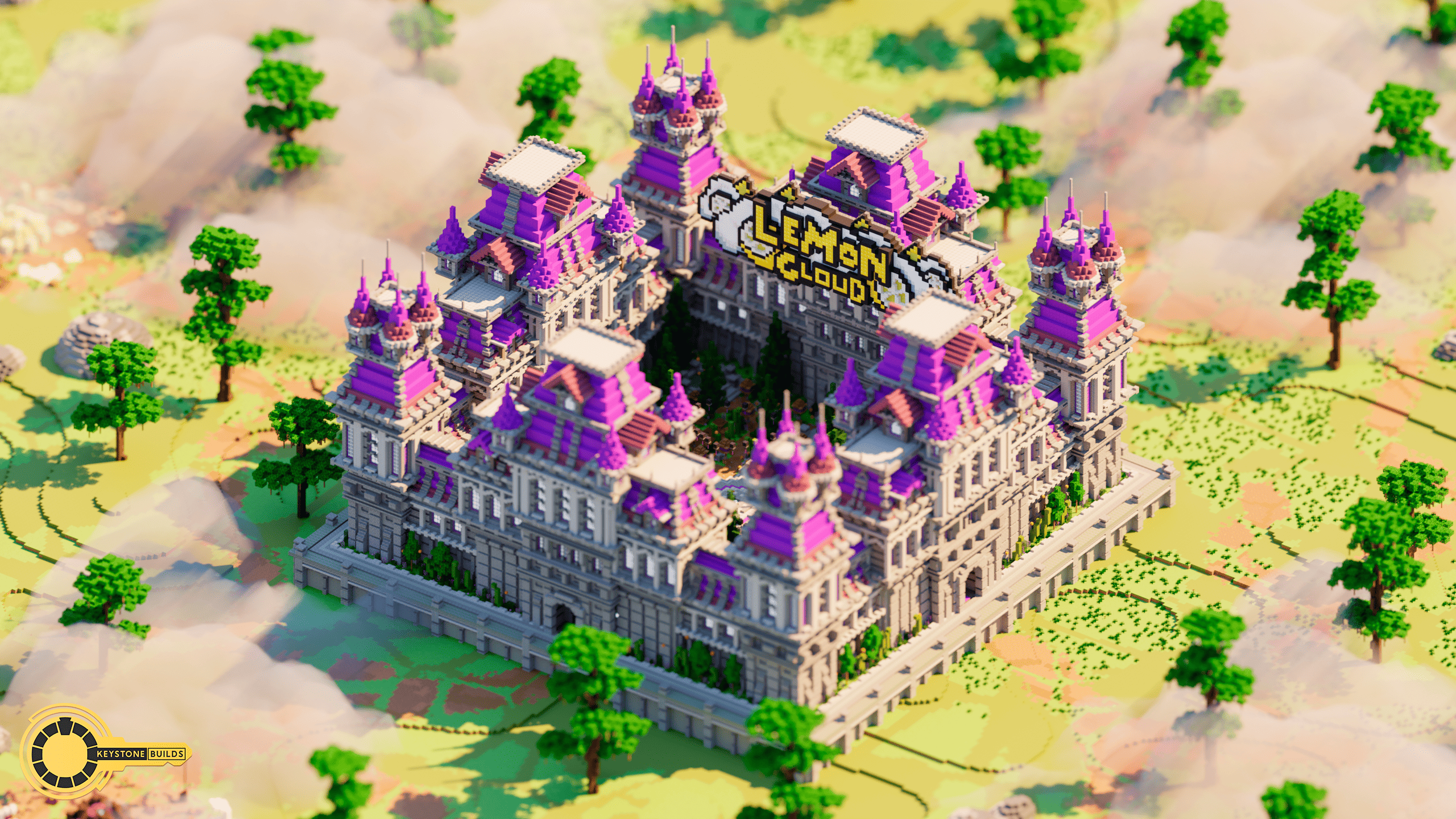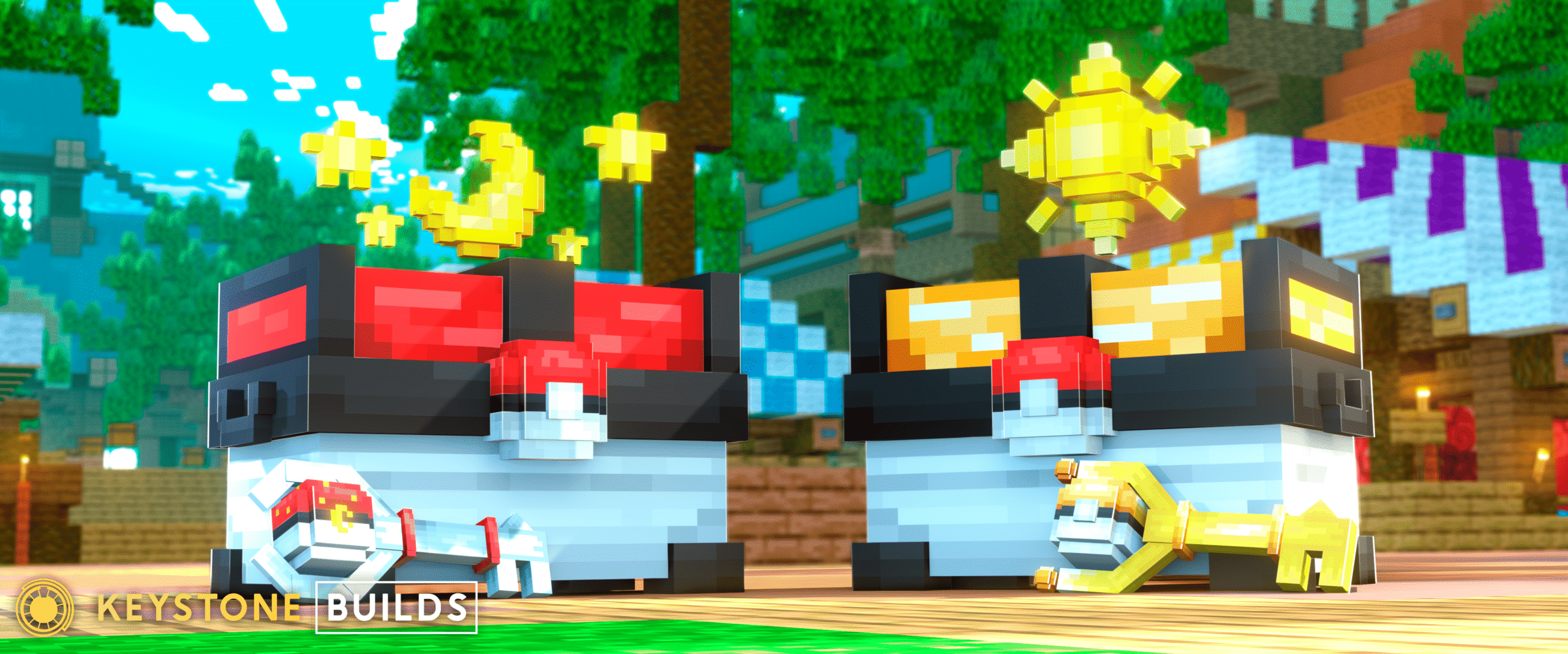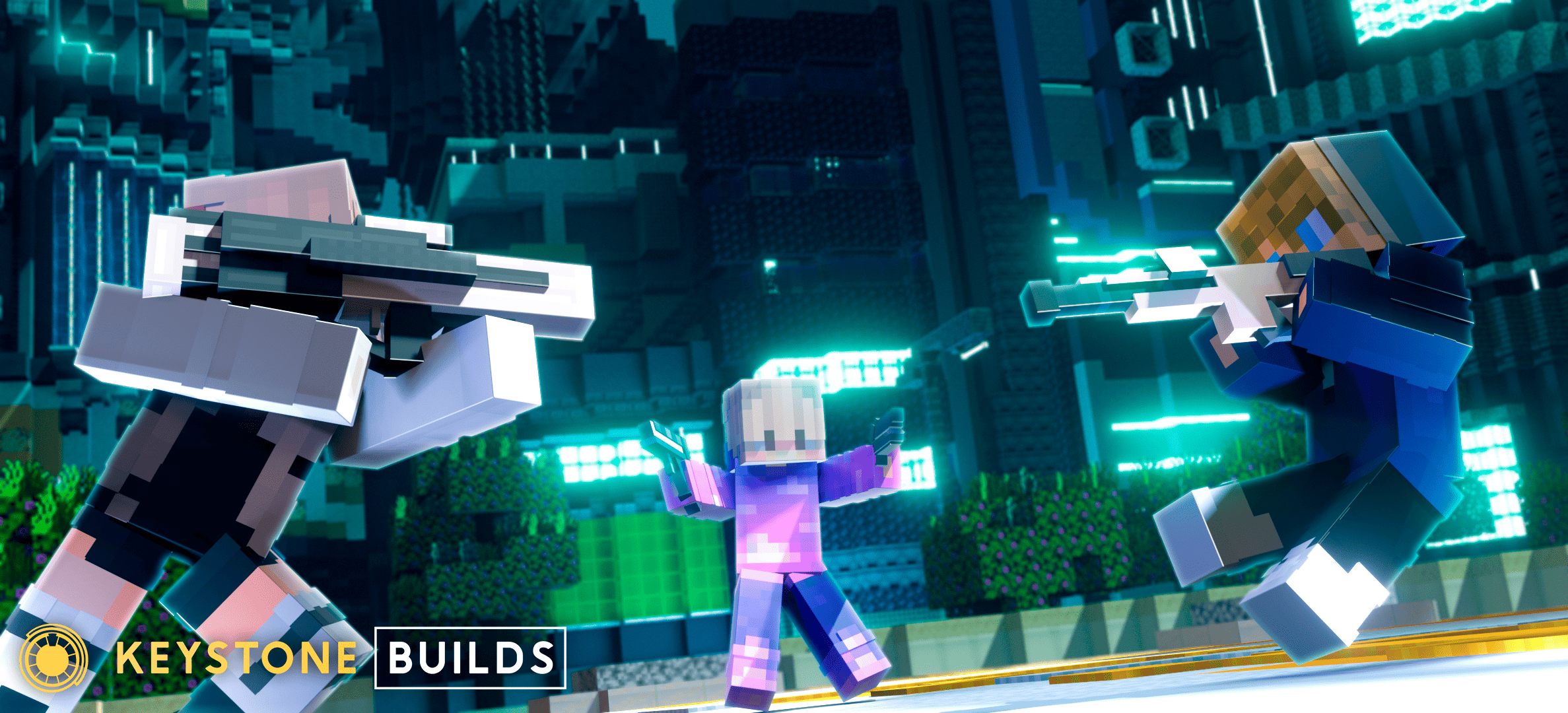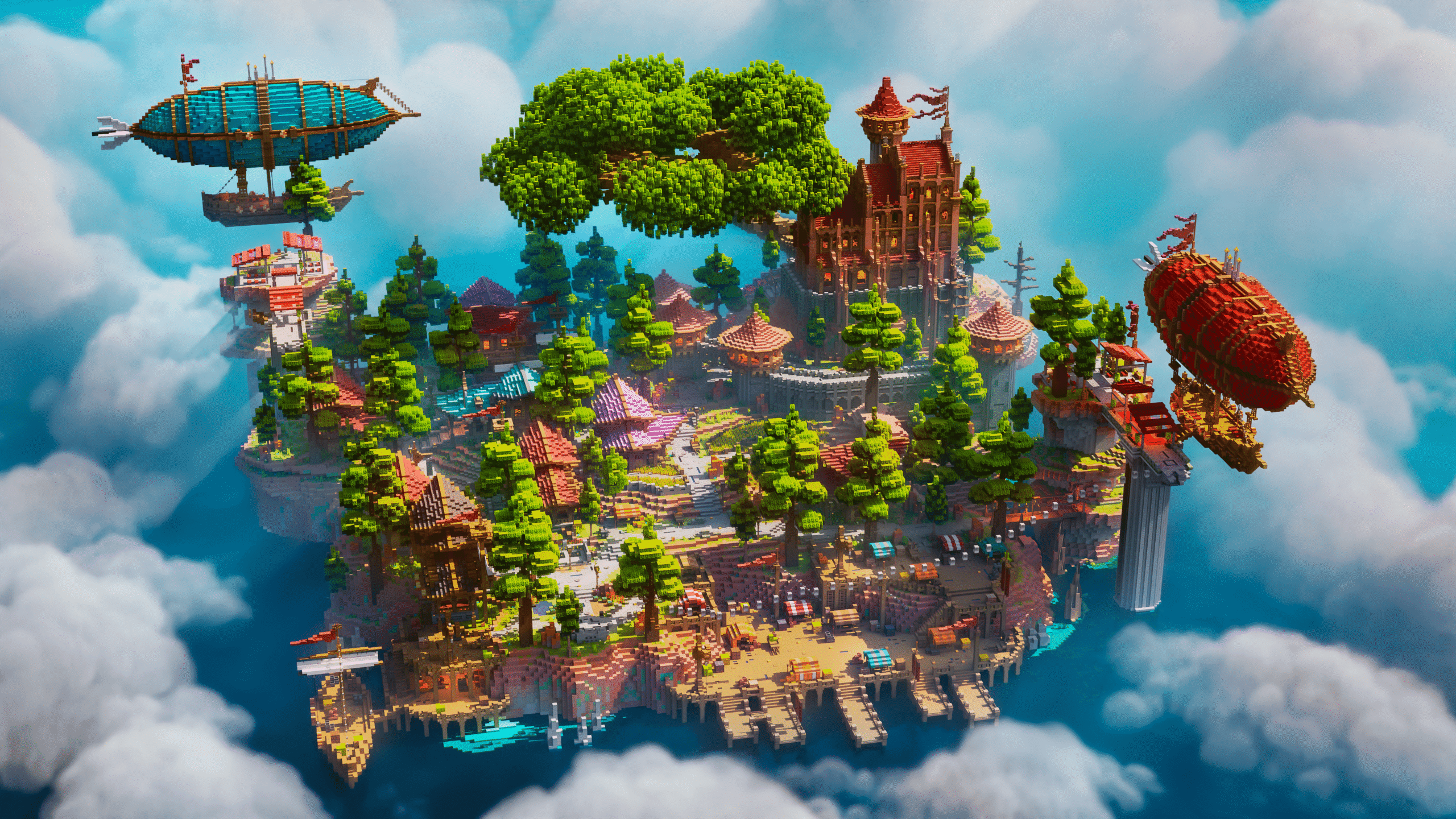Running a Minecraft server seems simple at first. Buy hosting, install a few plugins, invite some friends, and start building. But as many server owners quickly learn, the reality is far more complex. Between managing players, fixing bugs, handling staff, maintaining performance, and keeping the server engaging—there’s a steep learning curve.
Some mistakes are unavoidable. But others can be prevented entirely with the right knowledge from the start.
This guide breaks down what experienced Minecraft server owners often say they wish they had known earlier. Whether you’re launching your first world or managing a growing community, these insights can save you time, money, and frustration.
Your Server Needs a Clear Identity
One of the most common regrets among server owners is not defining a focus early. Without a clear identity, your server risks becoming generic—and generic servers rarely stand out.
What to clarify before launch:
- Game mode focus: Are you offering survival, factions, minigames, creative plots, roleplay, or a hybrid?
- Target audience: Are you building for casual players, competitive PvPers, builders, or roleplayers?
- Core features: What will make your server different from others offering similar experiences?
- Aesthetic and lore: Will your server have a consistent theme or backstory to build around?
Trying to appeal to everyone often leads to attracting no one. Niche, focused servers tend to grow more loyal communities.
A Polished First Impression Matters More Than Features
Server owners often focus on adding plugins and features—but forget how important the first few minutes of gameplay are. A messy spawn area, missing instructions, or broken commands can drive new players away immediately.
Invest early in:
- A visually clean and well-organized spawn area
- Clear signage or tutorials to guide new players
- A basic command reference (e.g. /warp, /kit, /rules)
- A working permissions system with proper rank setup
- An attractive, readable scoreboard or UI
You don’t need every feature at launch—but the basics must be functional and polished.
Hosting Quality Is Non-Negotiable
Many server owners try to cut costs by using the cheapest possible host. This is one of the most common regrets.
Lag, downtime, poor customer support, and limited plugin support can ruin the player experience—and your reputation.
Look for hosts that offer:
- Reliable uptime (at least 99.9%)
- Server locations close to your primary audience
- Easy plugin management and file access (FTP, control panels)
- Active support with fast response times
- Compatibility with Java, Bedrock, or crossplay (if needed)
Spending a bit more on hosting will pay off in stability and player retention.
You Need a Plugin Strategy, Not Just a Plugin List
Plugins add power and customization—but installing too many or incompatible plugins leads to server crashes, conflicts, and long troubleshooting sessions.
Best practices for plugin use:
- Start with only essential plugins (EssentialsX, LuckPerms, WorldEdit, etc.)
- Avoid stacking features that overlap or conflict
- Regularly test after adding or updating plugins
- Keep plugin documentation organized for your staff
- Use staging or test servers before deploying to live environments
Having a clear reason for each plugin prevents clutter and confusion later.
Community Management Is Just as Important as Gameplay
A well-run community keeps players returning, even if the server has minor bugs or missing features. Many server owners underestimate how much time and effort community management takes.
What experienced owners focus on:
- Creating a welcoming Discord with clear channels and rules
- Appointing trustworthy staff to moderate chat and enforce policies
- Hosting events or small competitions to encourage engagement
- Gathering feedback through polls or suggestion channels
- Recognizing players for contributions or milestones
A toxic or disorganized community can ruin even the most technically advanced server.
You Can’t Run Everything Alone Forever
Most owners try to do it all—plugin setup, building, moderation, marketing. This works at first but quickly becomes unsustainable.
Delegating tasks and building a team is essential to long-term success.
Recommended roles to delegate:
- Builder(s): Responsible for maps, terrain, and spawn design
- Moderator(s): Enforce rules, manage chat, and assist new players
- Developer: Manages plugins, config files, and backend
- Event manager: Plans contests, challenges, and player activities
- Community lead: Runs Discord, social media, and announcements
Define roles clearly to avoid overlap and internal confusion.
Marketing Doesn’t Start After Launch
Many server owners launch and then start thinking about how to attract players. At that point, it’s often too late to build momentum.
Smart pre-launch strategies include:
- Creating teaser screenshots or trailers
- Setting up a Discord server early and inviting friends
- Sharing your concept on Reddit, TikTok, or Minecraft forums
- Reaching out to small YouTubers or streamers
- Opening a beta test to gather feedback and build hype
Even a small but interested pre-launch audience gives your server a much better start.
Monetization Must Be Thoughtful and EULA-Compliant
Some owners expect to make quick profits—but players can sense when a server is “cash first” rather than community-driven. Worse, breaking Mojang’s monetization rules can get your server blacklisted.
Responsible monetization tips:
- Offer cosmetic or convenience perks (not pay-to-win)
- Use platforms like Tebex or CraftingStore to manage donations
- Create limited-time bundles for events or seasons
- Reward loyal players, not just donors
- Always follow Mojang’s commercial use guidelines
Focus on building a great server first. Monetization should support the server—not define it.
Backups and Documentation Are Your Lifeline
Server crashes, data loss, or staff turnover happen to almost every server. What matters is how prepared you are.
Protect yourself with:
- Automated backups stored off-site or on separate drives
- A changelog or documentation file for all major plugin or world changes
- Written staff guidelines and rule enforcement protocols
- Versioned map saves before major updates or events
Documentation saves time, reduces stress, and helps onboard new staff more efficiently.
Listening to Player Feedback Helps More Than Guessing
Too many owners design updates or features based on assumptions, only to realize later that players weren’t interested.
Feedback strategies:
- Regular polls on Discord or in-game
- Feedback channels where players can suggest features or report bugs
- Beta testing groups or preview access for VIP players
- Clear logs of common complaints or requests
Involving your community makes them feel invested and gives you better direction for updates.
Your Server Doesn’t Need to Be the Biggest—Just the Best at Something
Trying to compete with massive networks often leads to burnout. Instead of chasing numbers, focus on what makes your server unique.
Focus on:
- Tight-knit community culture
- A specific theme or playstyle executed well
- Custom builds and storylines
- Creative mechanics or original game modes
- Consistency, fairness, and professionalism
Small to mid-sized servers with strong identity and management often outperform larger but less organized ones in retention and engagement.
Final Thoughts
Running a Minecraft server is rewarding—but it’s also a serious commitment. Most server owners wish they had started with clearer goals, better preparation, and a more realistic understanding of what it takes to succeed.
To avoid common regrets:
- Define your server’s purpose and audience early
- Polish the basics before adding complex features
- Choose quality hosting and use plugins wisely
- Build and support your community continuously
- Delegate tasks and build a capable team
- Treat monetization ethically and legally
- Document your systems and back up your data
- Focus on long-term sustainability, not short-term growth
With these lessons in mind, you’ll be in a much better position to build a Minecraft server that not only survives—but thrives. Whether you’re just getting started or refining an existing project, remembering what others learned the hard way can save you time and set you up for long-term success.










